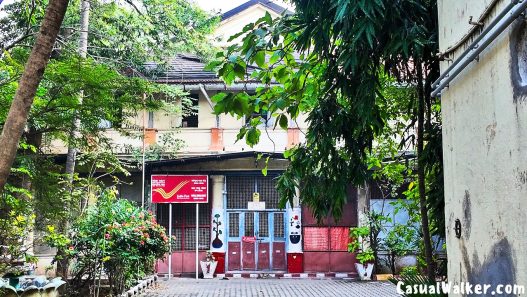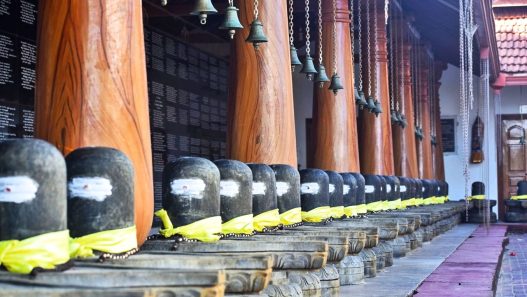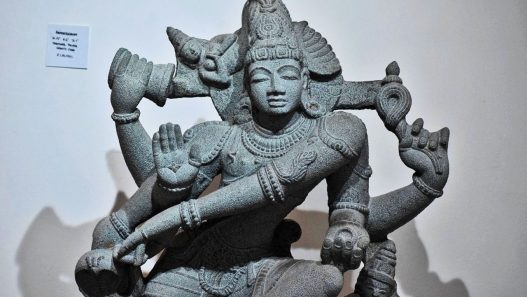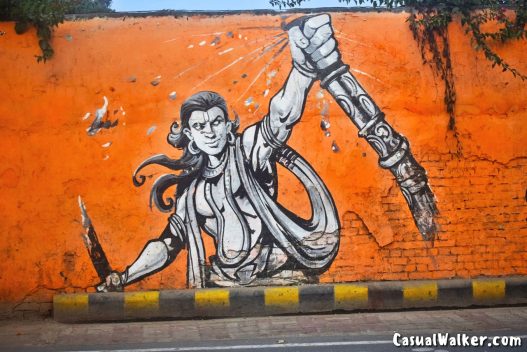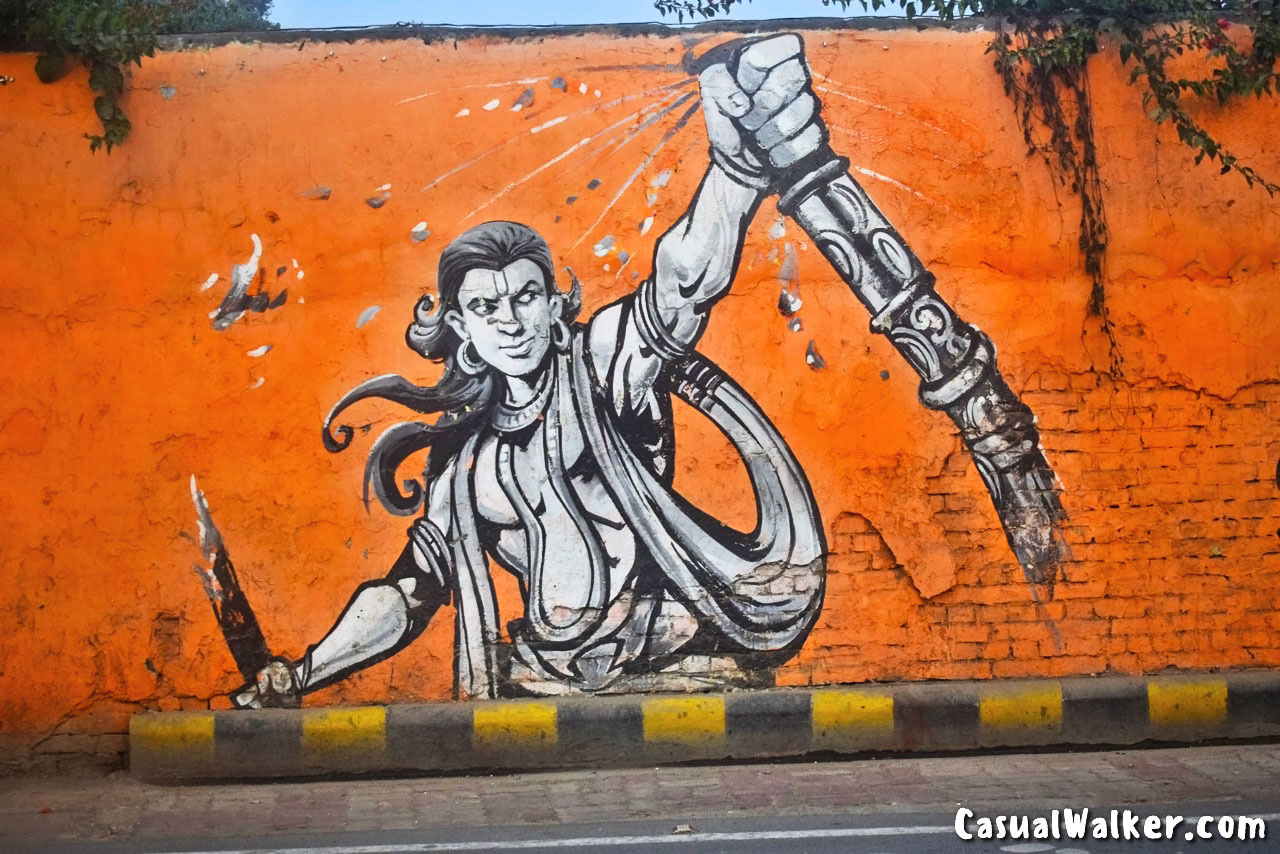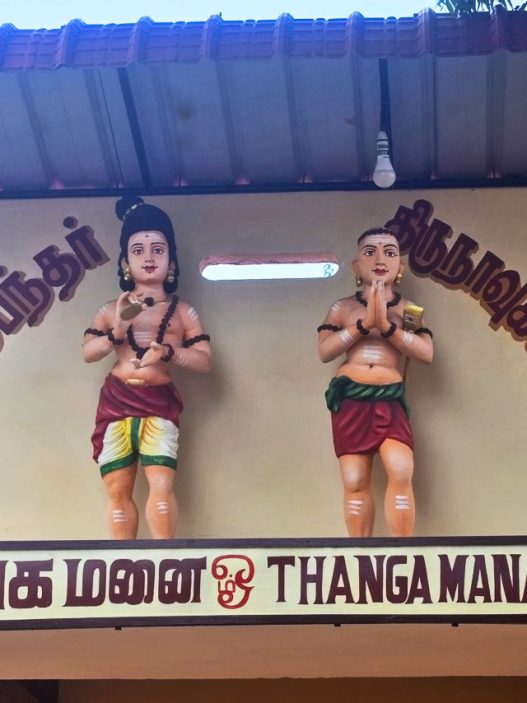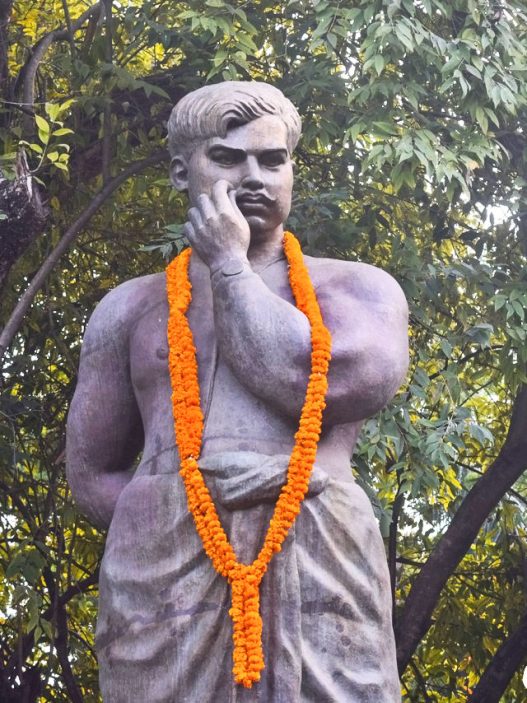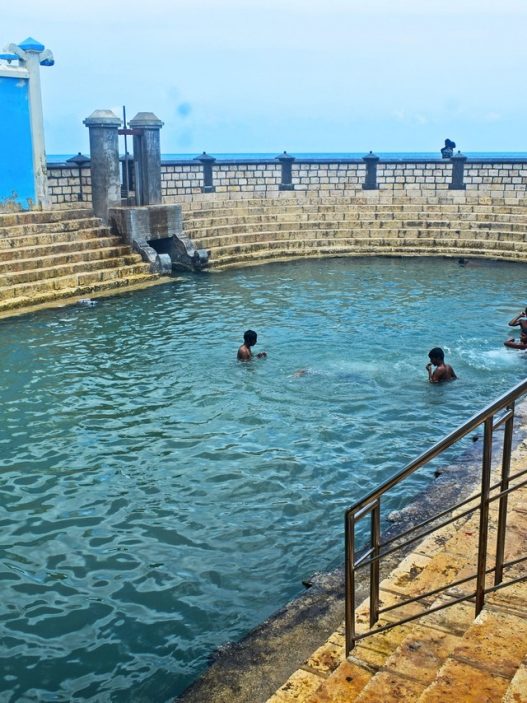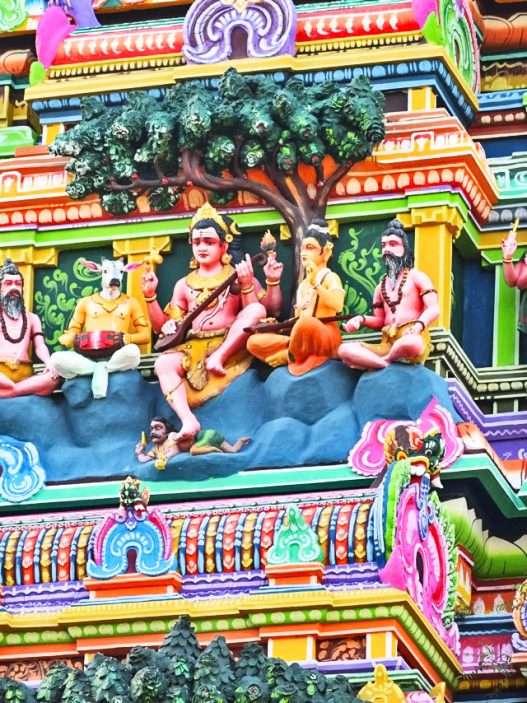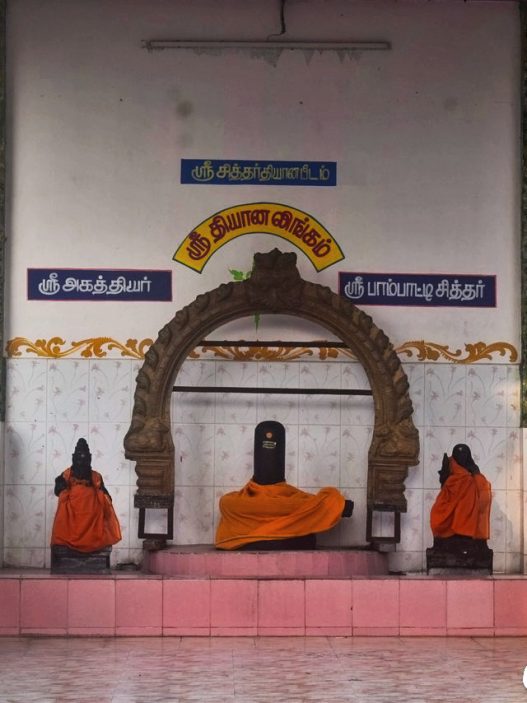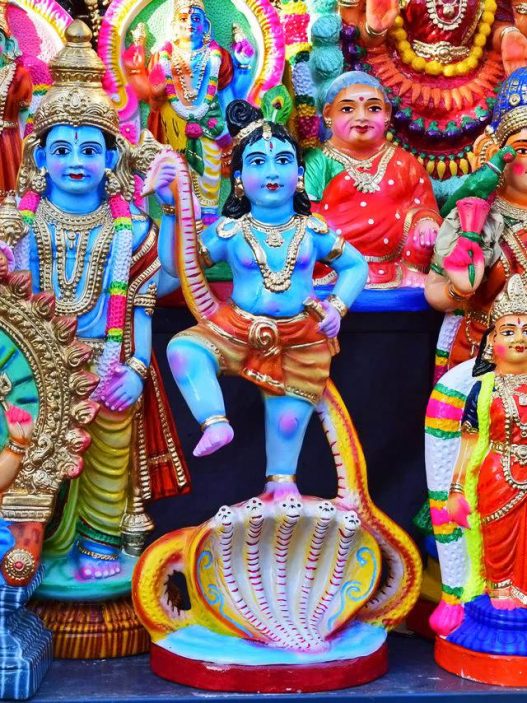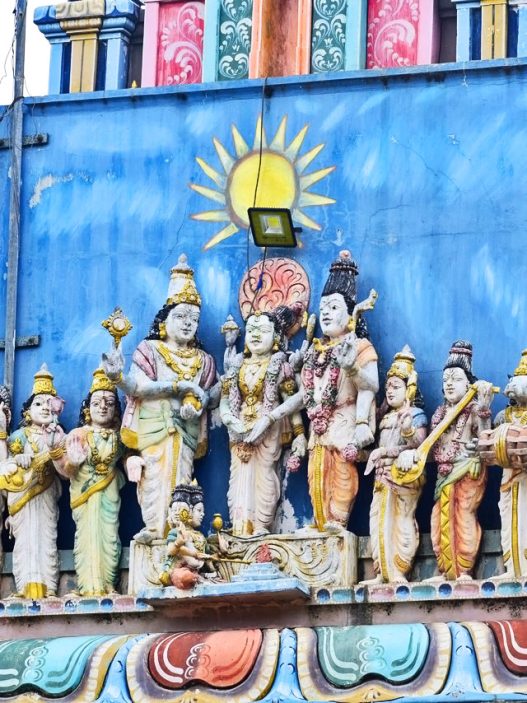Kashi / Varanasi Street Photography & Travel Guide: Capturing the World’s Oldest Living City, Mythological Wall Art, Narrow Lanes, Street Foods & Spiritual Heritage in Varanasi’s Historic Lanes – Best Time to Visit, Spiritual Etiquette, Health & Safety, Transport, Accommodation & Photography Tips (Updated)
– capturing the soul of kashi’s spiritual odyssey
When I set foot on the ancient ghats of Varanasi, also known as Banaras, ranks among the world’s most ancient cities. The city’s mythological origins trace back approximately 10,000 years, where Lord Shiva is said to reside eternally and this sacred place is appearing in our earliest Hindu literary works, including the Puranas, Vedas, and Mahabharata.
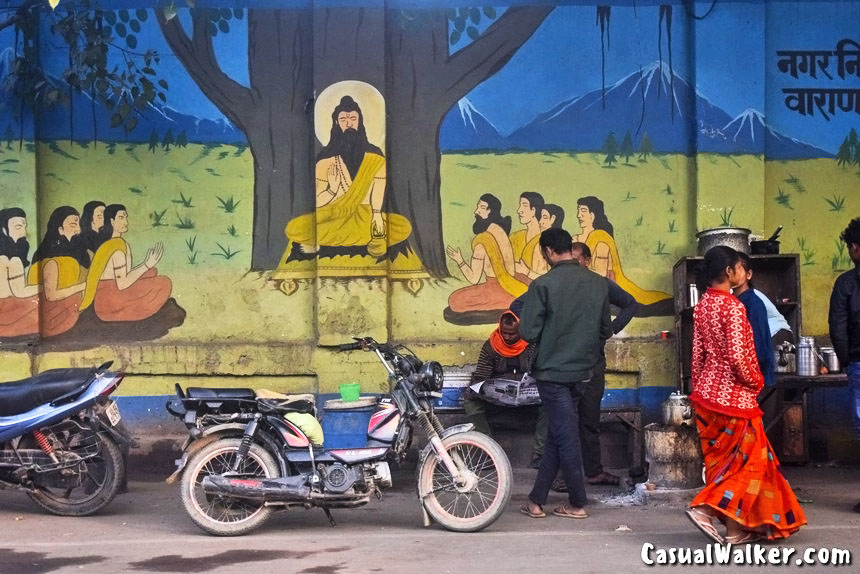
From the mesmerizing evening aarti ceremonies to the profound silence at the burning ghats where life and death dance their eternal dance, Varanasi breathes with the rhythm of the cosmos itself.
Capturing the soul of Kashi’s streets—a photographic journey that has become both an artistic pursuit and a spiritual odyssey. Each snap tells a story.
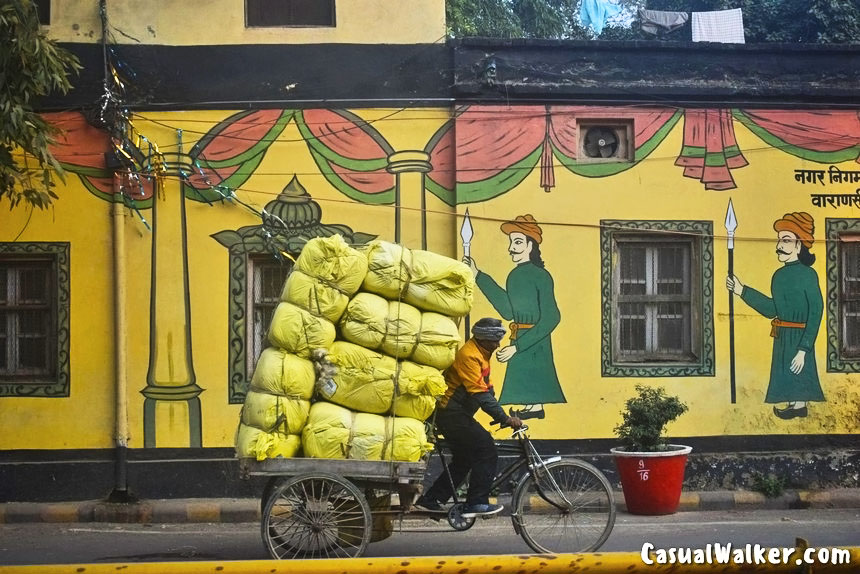
Walking these paths feels like a pilgrimage through purity itself, where even the simplest alleyway radiates with an inner sanctity that cleanses the soul.
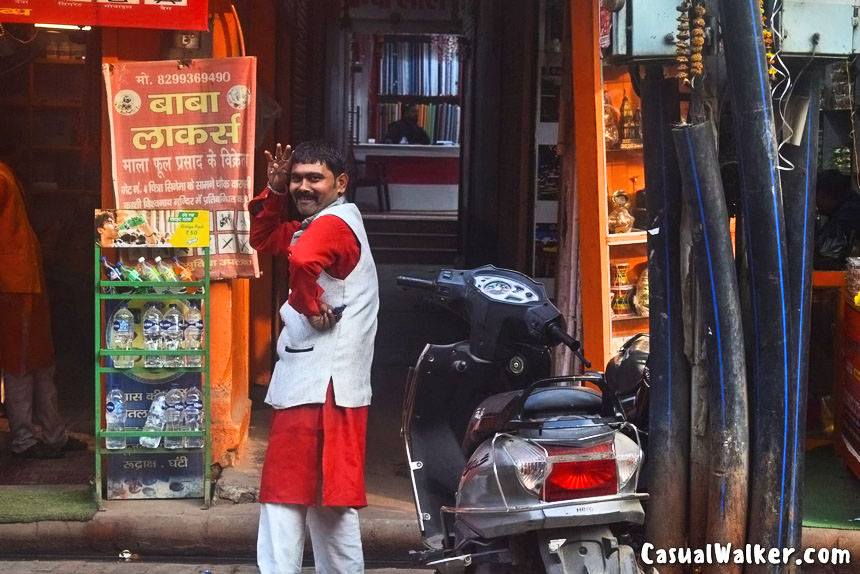
For someone on a spiritual journey, these streets don’t just lead to temples—they are themselves temples, maintained with the same devotion and care that one would offer to Lord Shiva, creating a landscape of beauty that nourishes both the eyes and the spirit.
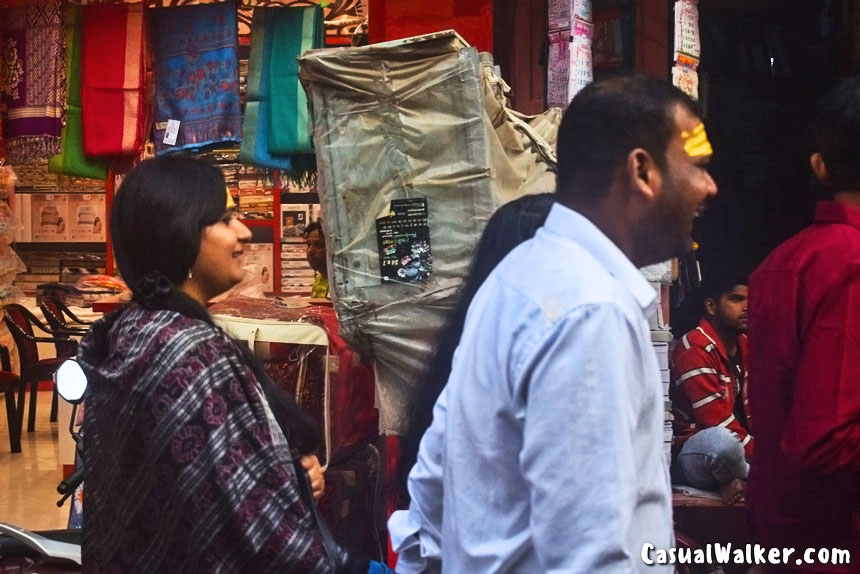
Walls That Speak: Epic Tales in Stone and Paint
The painted walls became my greatest gurus, displaying intricate Ramayana scenes – I traced the divine journey from Ram’s triumphant breaking of Shiva’s bow to win Sita’s hand, through the dharmic exile scenes, to Bharata’s exemplary devotion as he placed his beloved brother’s sandals on the throne of Ayodhya
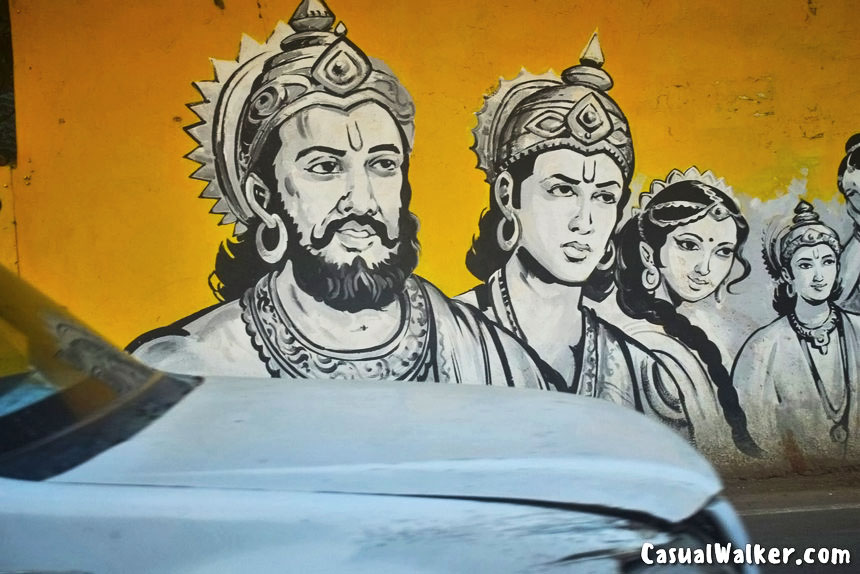
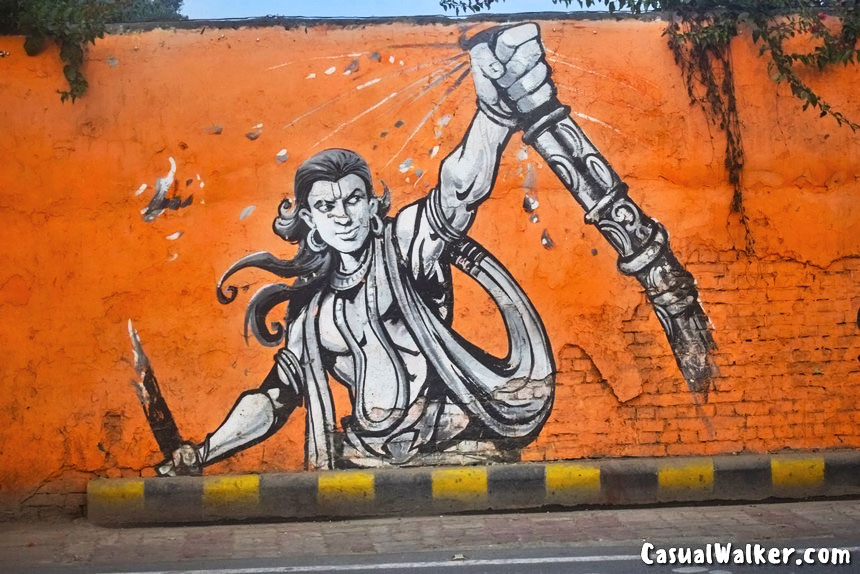
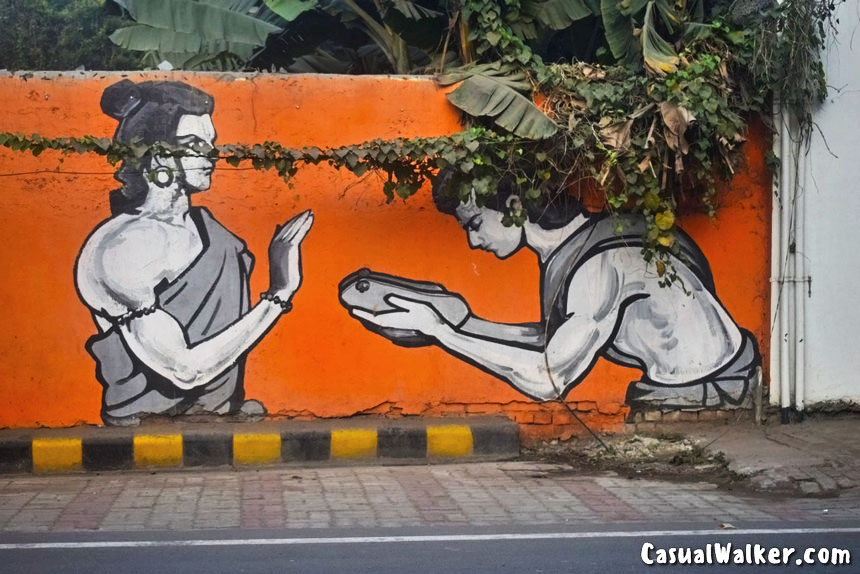
Mahabharata murals unfolded like sacred scriptures across ancient facades – the great dharma yuddha of Kurukshetra, Krishna’s divine Gita upadesha to Arjuna, and the moral dilemmas faced by the Pandavas painted in vibrant colors that seemed to pulse with the eternal relevance of these timeless spiritual teachings
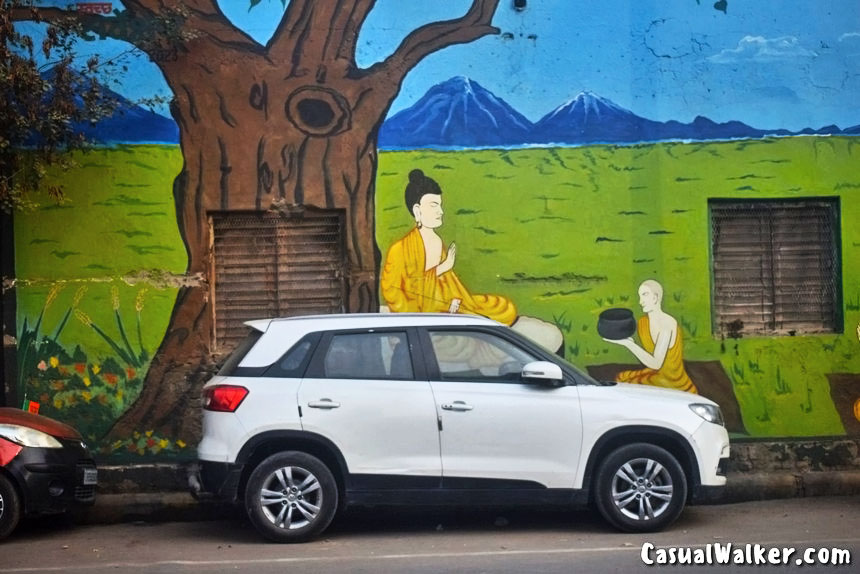
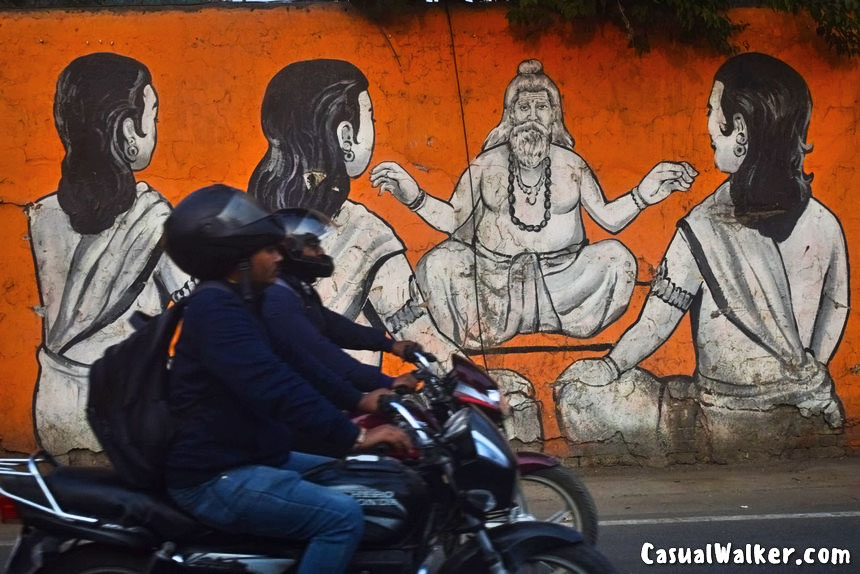
The Eternal Journey: Death and Liberation in Kashi
I witnessed one of humanity’s oldest continuing spiritual rituals in this sacred Banaras – the same funeral processions that moved through these streets during the time of the Upanishads (800-200 BCE) still follow identical routes to the ghats, maintaining moksha practices that form the foundation of Hindu dharma, for it is believed that dying in Kashi grants instant liberation by the grace of Lord Shiva.
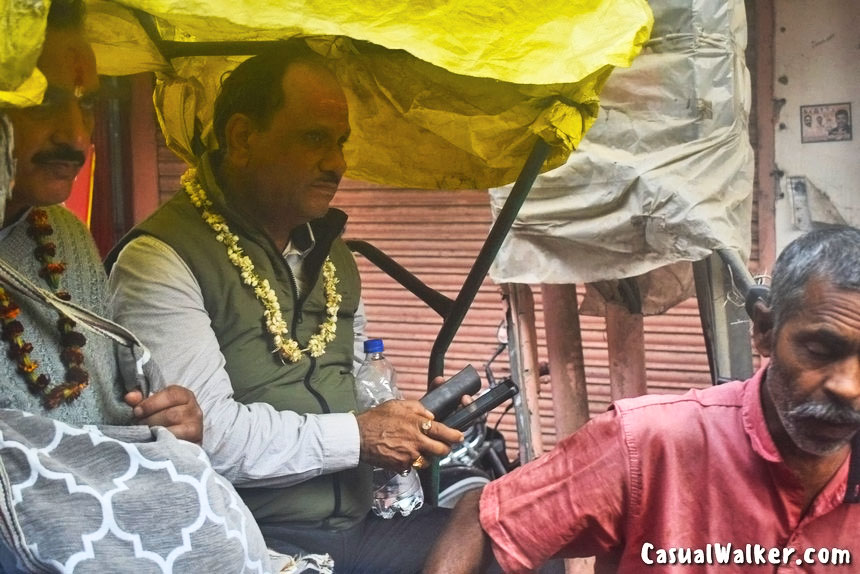
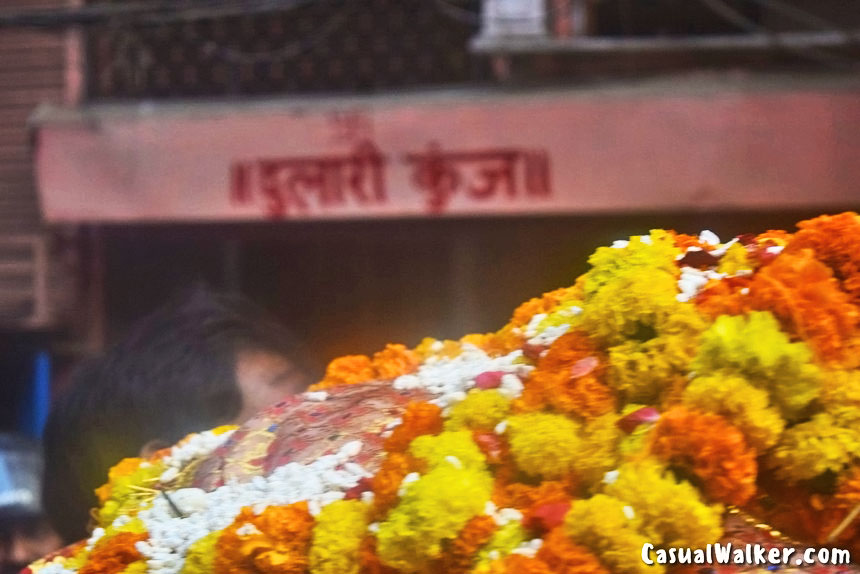
Sacred Commerce: The Soul of Kashi’s Streets
The centuries-old street shops lining these routes revealed the fascinating continuity of spiritual commerce – tiny stalls selling everything from brass puja utensils to handwoven dhoti-kurtas, spice merchants grinding sacred masalas using techniques blessed by generations, and sweet shops preparing traditional prasadam in the same copper vessels their ancestors consecrated
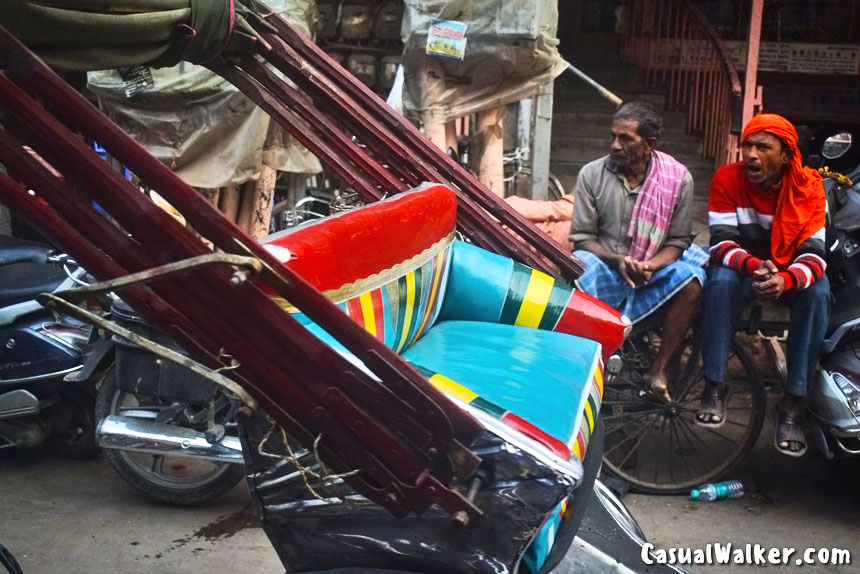
Each shop front told its own spiritual story – the same families who once supplied sacred items to ancient temples and royal courts now serve modern devotees, their wooden counters worn smooth by countless dharmic transactions spanning centuries while maintaining unbroken spiritual continuity
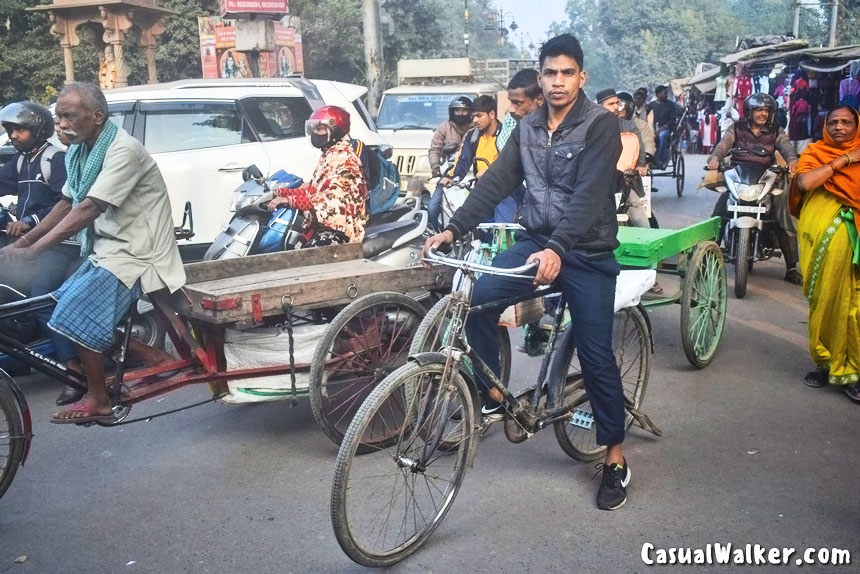
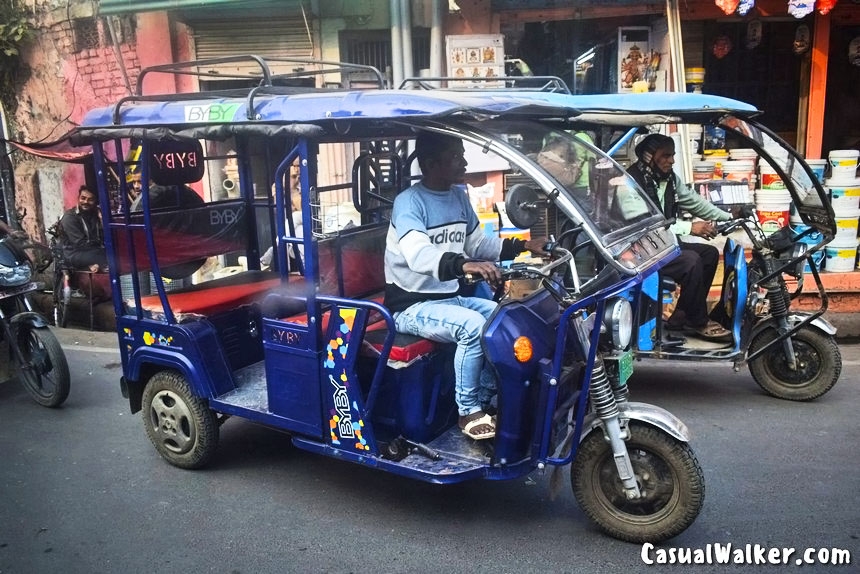
Modern Kashi: Ancient Wisdom in Contemporary Times
Observing auto-rickshaws navigating ancient pathways symbolized modern Hindu India’s relationship with its eternal past – contemporary vehicles maneuvering through sacred urban planning that dates back to the Gupta period in this holy Varanasi, embodying our dharma’s ability to adapt while preserving spiritual essence in the abode of Mahadev.
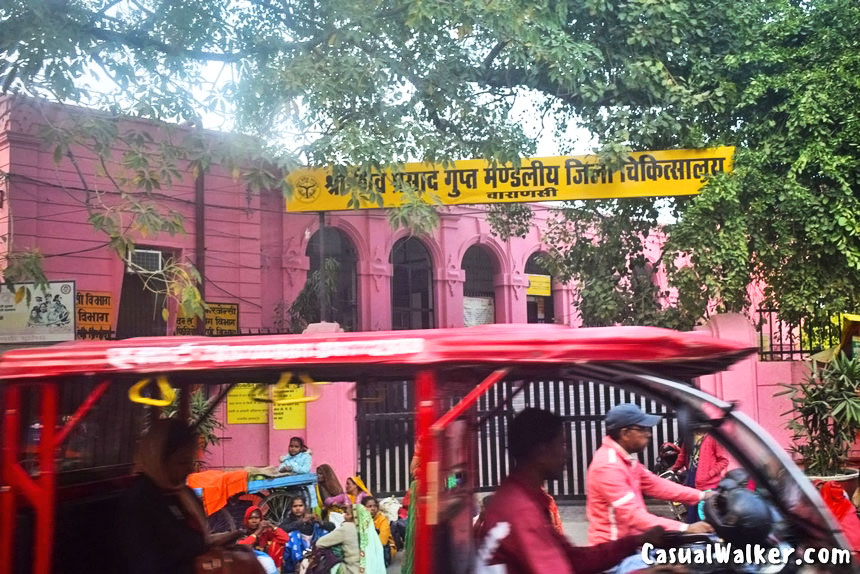
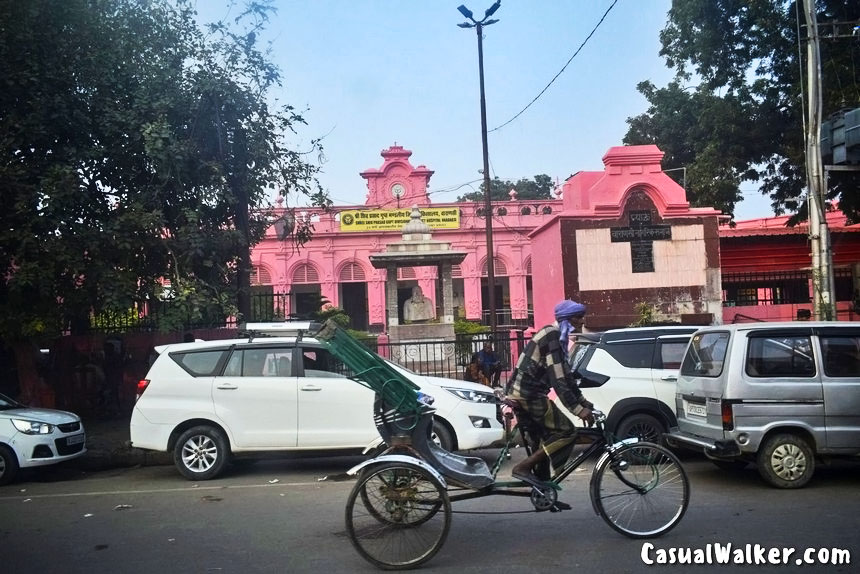
Street Foods of Kasi – Divine Flavors: The Spiritual Taste of Banaras
Experiencing the street food culture revealed layers of spiritual influence – the lassi tradition dating back to ancient Ayurvedic practices, traditional samosas that became part of temple offerings, sacred chai culture rooted in indigenous herb brewing traditions, and the divine winter delicacy Malaiyo (Makhan Malai or Nimish) served in earthen vessels and garnished with almonds and pistachios – this “Winter Sweet” available only during the sacred winter season.
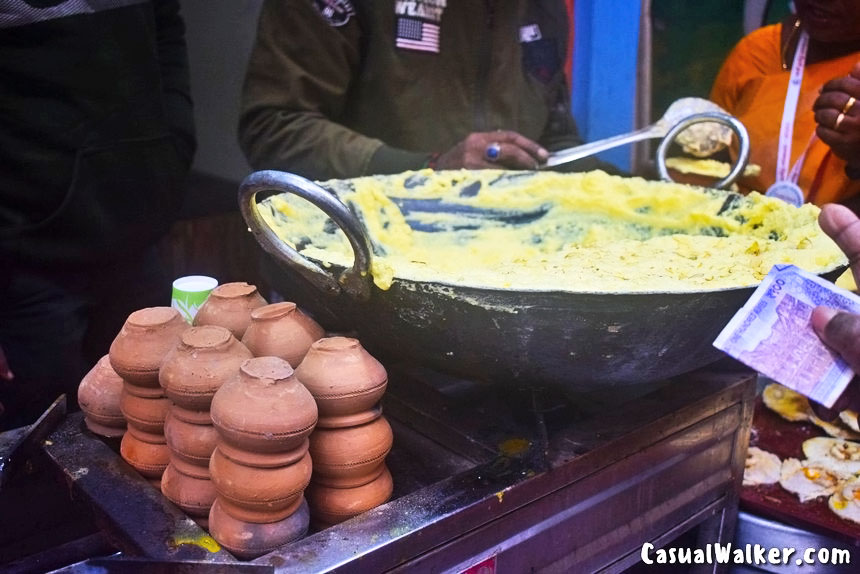
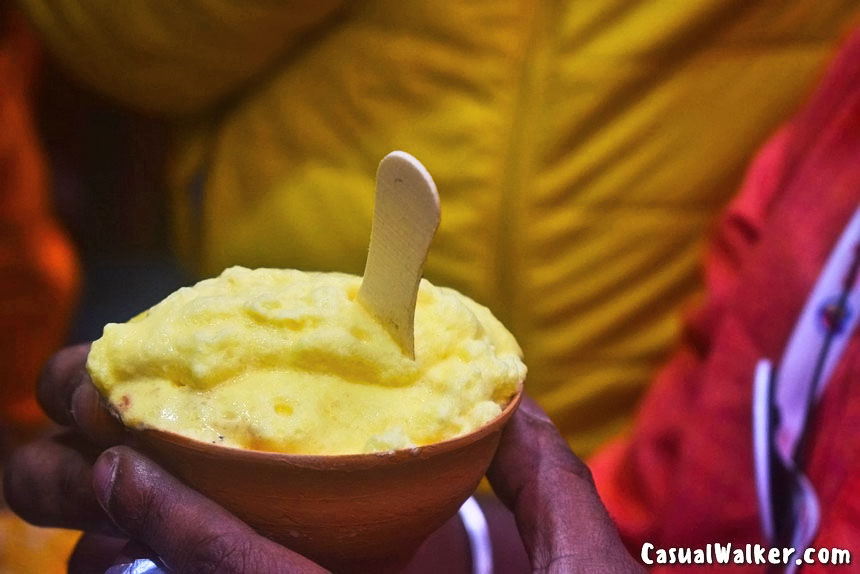
Chai in sacred Kasi is truly divine – there’s an ancient artistry woven into the seemingly simple ritual, as the blessed tea is served in traditional kulhads (earthen vessels) that connect us to Mother Earth.
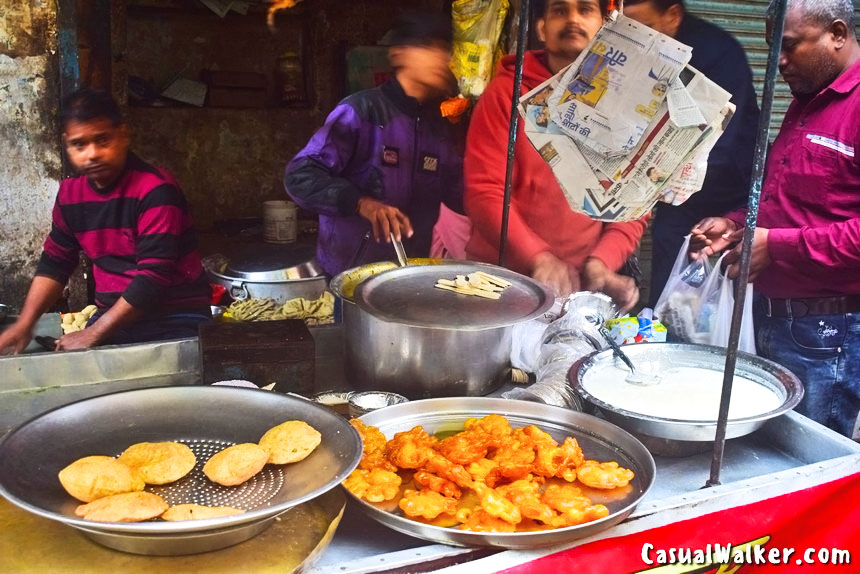
Heart of Kashi: Vishwanath Temple’s Divine Presence
I studied the Kashi Vishwanath Temple’s divine reconstruction story – the current structure built in 1780 by the blessed Maharani Ahilyabai Holkar standing on a site that has housed Shiva temples since the 1st century CE, representing the phoenix-like resilience of Sanatana Dharma and the eternal presence of Lord Shiva in his most beloved city of Kashi.
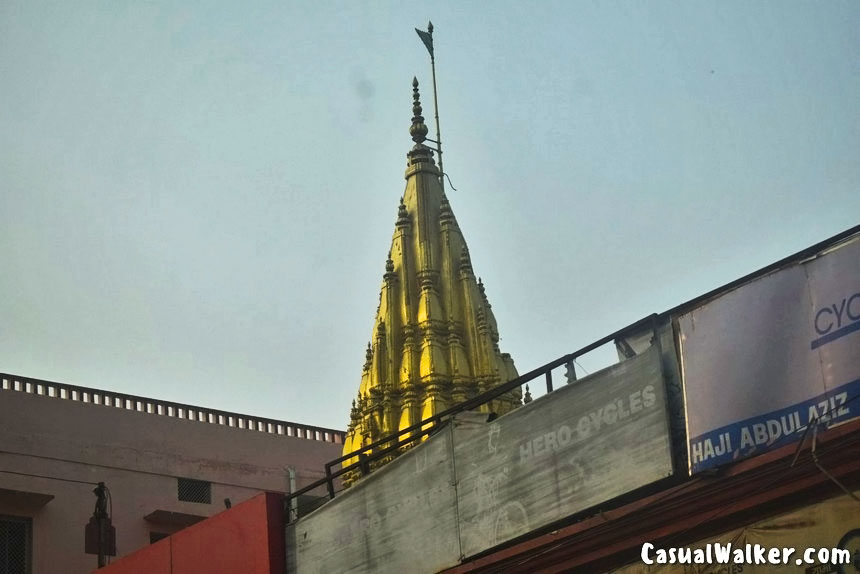
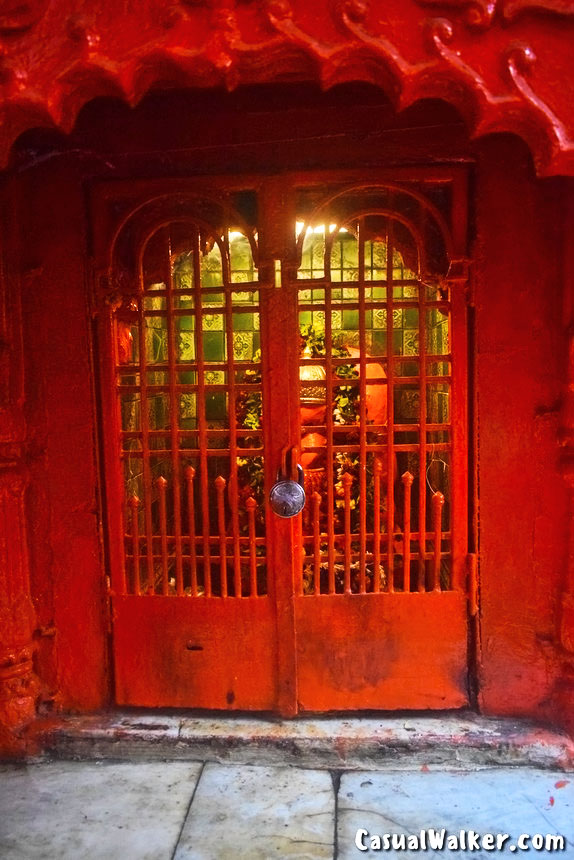
Sacred Architecture: The Living Heritage of Banaras
The vintage haveli architecture surrounding me told stories of devotional heritage in this sacred Banaras – these multi-storied wooden structures with their ornate balconies, carved jharokhas, and weathered stone foundations have witnessed countless generations of Shiva devotees across many centuries, their age-darkened walls bearing the sacred patina of time since the ancient Vedic period.
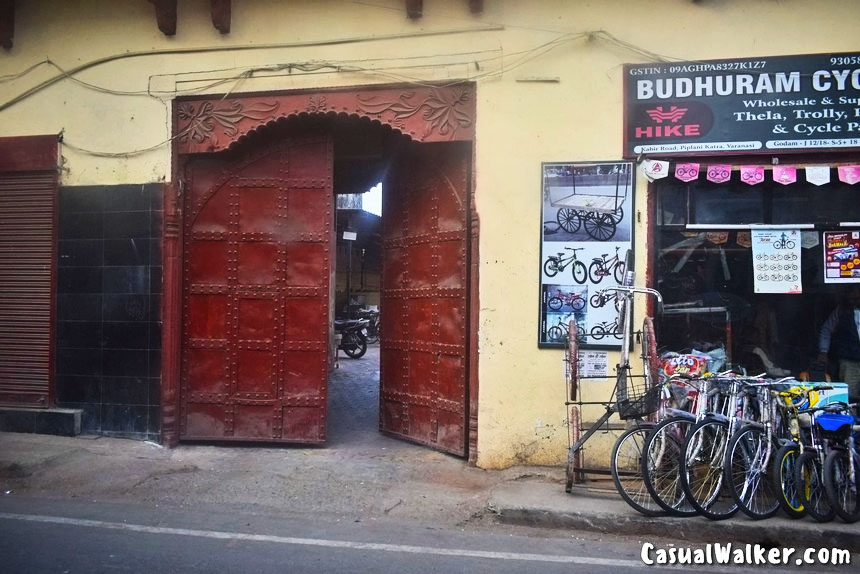
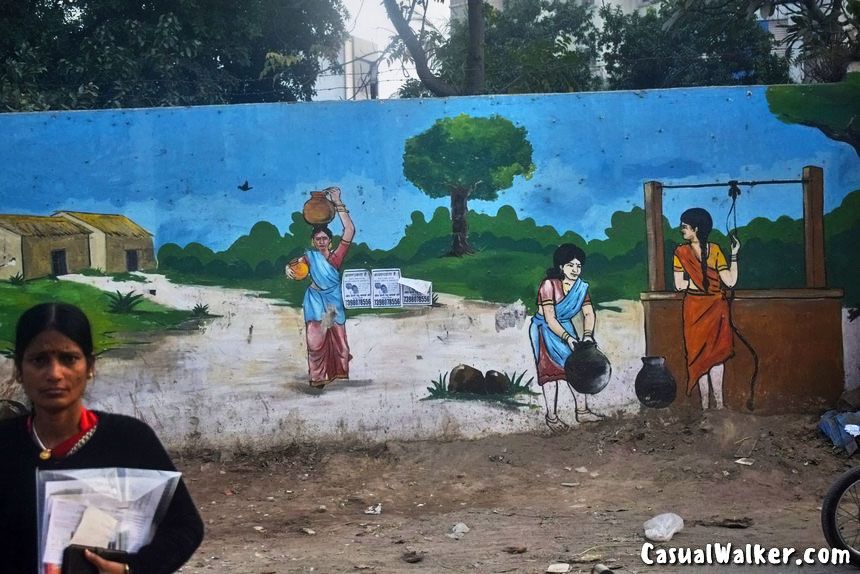
Heroes of Faith: Freedom Fighters Among Sacred Stones
The most spiritually significant observations were of freedom fighters’ statues standing among ancient temples – these bronze memorials of dharmic figures like Pandit Madan Mohan Malaviya and Chandrashekhar Azad connecting our 20th-century independence movement to the millennia-old tradition of spiritual liberation and moksha.
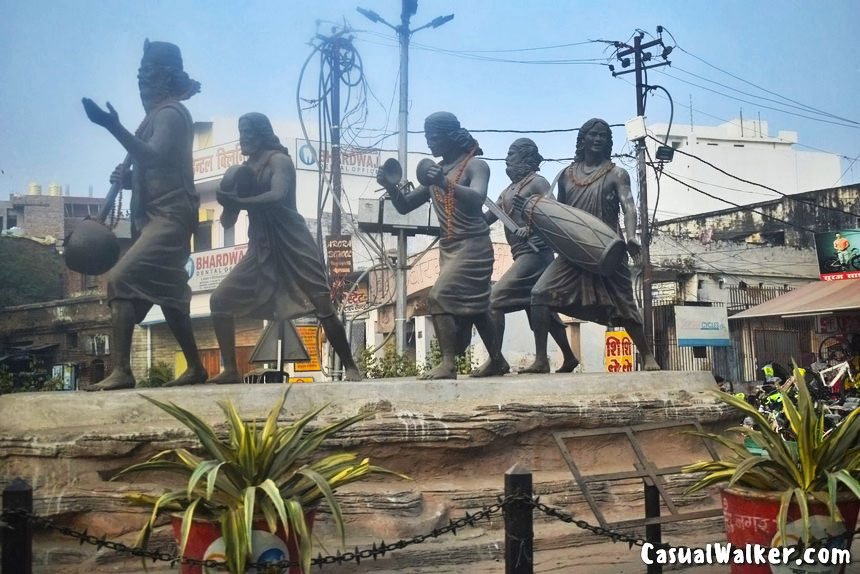
Sacred Craftsmanship: The Spiritual Marketplace
In the spiritual marketplace, I discovered the archaeological treasure of traditional sacred craftsmanship – rudraksha beads carved using techniques mentioned in ancient Vedic texts, brass murtis cast in methods perfected during the Chola period, and prayer flags continuing textile traditions from the Indus Valley civilization.
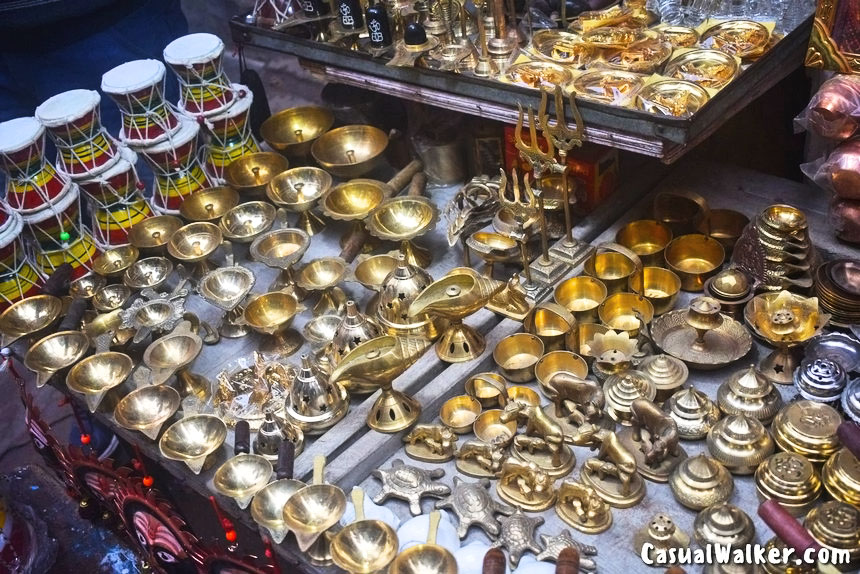
Ancient Architecture: Preserving Sacred Traditions
The vintage shop architecture itself became a study in spiritual preservation – these narrow, deep structures with their characteristic sloping roofs and wooden beam construction represent architectural styles that have remained unchanged since the classical Hindu period, housing businesses that serve the same devotional needs as they did centuries ago.
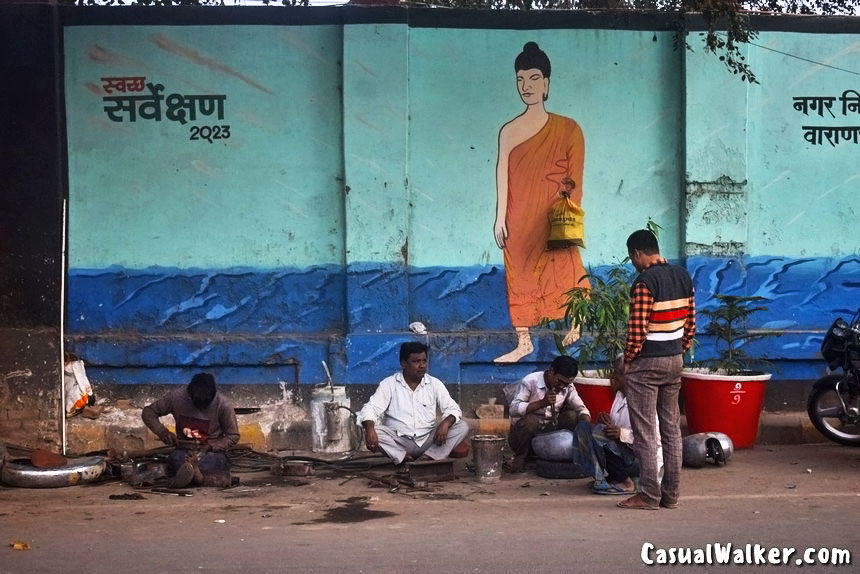
Eternal Thread: Kashi’s Timeless Spiritual Legacy
My final spiritual revelation came while reflecting on these divine experiences in sacred Kashi – I had witnessed not just a city’s streets, but encountered visual evidence of how Varanasi represents the unbroken thread of Hindu civilization, where every stone tells a story where spirituality have maintained their sacred dance through every empire, invasion, and independence that shaped our blessed Bharatvarsha, all under the eternal protection of Lord Shiva who resides here as the cosmic dancer and the lord of liberation.
What struck me most profoundly was how even the smallest roads in Kashi are impeccably maintained and clean, reflecting the deep reverence the people hold for this sacred space – every pathway, every narrow gully speaks volumes about our oldest cultural Sanatana Dharma’s rich heritage, where cleanliness and spiritual purity walk hand in hand as offerings to Lord Shiva.
Travel Tips & Best Time to Visit Kasi
October to March (Ideal Season)
- Weather: Pleasant, cool mornings and evenings
- Temperature: 5°C to 25°C
- Festivals: Dev Deepawali, Mahashivratri, Holi
- Perfect for: Ganga Aarti, temple visits, street photography
April to June (Summer)
- Hot and humid (up to 45°C)
- Early morning visits recommended
- Fewer crowds, budget accommodations available
July to September (Monsoon)
- Heavy rainfall, Ganga in full flow
- Romantic but challenging for sightseeing
- Special monsoon festivals and rituals
Essential Tips for Visiting Sacred Kasi
Spiritual Etiquette
- Dress modestly, especially in temples
- Remove shoes before entering temples
- Photography restrictions in some sacred areas
- Respect ongoing prayers and rituals
Health & Safety
- Carry hand sanitizer and bottled water
- Be cautious with street food initially
- Keep medicines for stomach issues handy
- Stay hydrated, especially during summer
Navigation & Transport
- Hire local rickshaw drivers familiar with narrow lanes
- Walk early morning for peaceful temple visits
- Use boats for Ganga darshan during sunrise/sunset
- Keep cash handy – many places don’t accept cards
Cultural Experience
- Wake up early for Ganga Aarti (5:30 AM & 6:30 PM)
- Try traditional kulhad chai and local sweets
- Shop for silk sarees, brass items, rudraksha beads
- Learn basic Hindi phrases for better interaction
Accommodation
- Book heritage hotels near ghats for authentic experience
- Stay close to Dashashwamedh or Assi Ghat
- Budget options available in Godaulia area
- Advance booking during festival seasons
Photography Tips
- Golden hour shots at ghats are magical
- Respect privacy during religious ceremonies
- Carry extra batteries – long photography sessions
- Ask permission before photographing people
Must-Do Experiences
- Taste authentic Banarasi paan and malaiyo
- Sunrise boat ride on sacred Ganga
- Evening Ganga Aarti ceremony
- Visit Kashi Vishwanath Temple for darshan
- Walk through ancient lanes for wall art photography
How to Reach Sacred Kasi / Varanasi
By Train: Varanasi Junction (BSB) – Main railway station, well-connected Manduadih Railway Station (MUV) – Alternative station Direct trains from all major Indian cities.
Popular trains: Shiv Ganga Express, Kashi Vishwanath Express
Train journey: 12-16 hours from Delhi/Mumbai.
By Road: NH-2 (Grand Trunk Road) connects to Delhi (780 km)
Well-connected via state highways to nearby cities
Regular bus services from Lucknow (320 km), Allahabad (120 km)
Self-drive: Good road connectivity, but traffic can be heavy near city.
By Flight: Lal Bahadur Shastri Airport (VNS) – 25 km from city center. Direct flights from Delhi, Mumbai, Kolkata, Bangalore, Hyderabad. Pre-paid taxis and app cabs available from airport.
Flight time: 1.5-2 hours from major cities


